On World Osteoporosis Day, a blog looking at how you can ‘love your bones’, including Cochrane evidenceCochrane Reviews are systematic reviews. In systematic reviews we search for and summarize studies that answer a specific research question (e.g. is paracetamol effective and safe for treating back pain?). The studies are identified, assessed, and summarized by using a systematic and predefined approach. They inform recommendations for healthcare and research. on osteoporosis.
Page last checked 4 April 2023
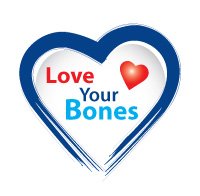
What is osteoporosis?
Osteoporosis is a condition that weakens bones through a reduction in bone mineral density (BMD), making the risk of broken bones (fractures) more likely. It might not be discovered until someone has a fracture. Hip, wrist and spinal bone fractures are the most common. Losing bone is a normal part of ageing, but in some people this process happens faster than normal. Over three million people in the UK have osteoporosis. According to the National Osteoporosis Society, in the over 50s, one in two women and one in five men will break a bone due to osteoporosis.
Detecting osteoporosis
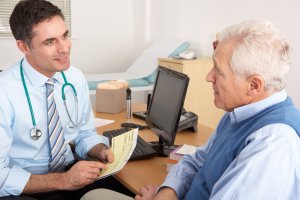
Are there things that could be done to help GPs find and treat conditions like osteoarthritis more effectively? This question was addressed by the team behind a Cochrane Review looking at this: Professional interventions for general practitioners on the management of musculoskeletal conditions (May 2016) and they found 30 relevant studies to help them answer it. From the eleven studies concerned with osteoporosis management, five provide reliable evidence that an alerting system for GPs, flagging up people at increased risk, with or without information for patients and a reminder to see their GP, does ‘improve GP behaviour’ in relation to testing bone mineral density and prescribing medicines for osteoporosis, resulting in better diagnosis and treatment rates.
I was intrigued to read on to find out if ‘improved behaviour’ meant more testing and more prescribing, or more appropriate testing and prescribing. We know more isn’t necessarily better. I should have known that this actually means that it improved adherence to guidelines.
Evidence on bisphosphonates
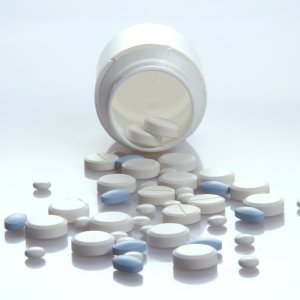
Corticosteroids are commonly used in managing inflammatory conditions, but bone loss is one of the side effects. Bisphosphonates are drugs that might be used to prevent and treat this bone loss. A Cochrane Review that was first published in 1999, Bisphosphonates for steroid‐induced osteoporosis, has been updated in October 2016 to take account of new research in the field. In a change to its earlier conclusions, it now brings the good news from reliable evidence that bisphosphonates reduce the risk of spinal fractures in this patient group. There needs to be better evidence on whether this benefit extends to other fractures. Bisphosphonates are probably also effective in preventing and treating corticosteroid-induced bone loss in the lumbar spine and top of the thigh bone (femoral neck). There was no difference in side effects in people taking the drug or a placeboAn intervention that appears to be the same as that which is being assessed but does not have the active component. For example, a placebo could be a tablet made of sugar, compared with a tablet containing a medicine. (fake drug).
Of course not everyone is helped by a treatment. It can be useful to have an estimate of how many people need to be treated over a period of time for one person to benefit (this is called the Number Needed to Treat, or NNT). The review authors have worked this out for us. The range is very wide for the outcomeOutcomes are measures of health (for example quality of life, pain, blood sugar levels) that can be used to assess the effectiveness and safety of a treatment or other intervention (for example a drug, surgery, or exercise). In research, the outcomes considered most important are ‘primary outcomes’ and those considered less important are ‘secondary outcomes’. of spinal fracture. Approximately 31 people would need to take bisphosphonates to prevent spinal fractures in one person, but this could be as many as 145 or as few as 20. This is very much narrowed when we look at bone mineral density; two to three people would need to take bisphosphonates for a year for one person to benefit in BMD at the lumbar spine and four to seven people for one person to have improved BMD at the femoral neck.
What can you do to love your bones?
The World Osteoporosis Day campaign gives ‘five steps to healthy bones and a fracture-free future’. Two of these concern bringing any risk factors to your GP’s attention and seeking testing and treatment. As we’ve seen, Cochrane evidence suggests that GP alerting systems are an effective way to improve osteoporosis detection and management, whether or not patients are given information and reminders to consult their doctor. That doctors are better at looking for patients than people are at looking for health problems and treatment shouldn’t surprise us.
Vitamin D
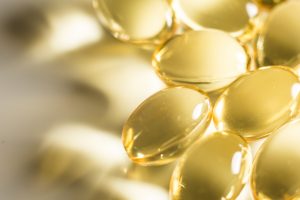
Another one on the list is to have a diet rich in bone-healthy nutrients, with the spotlight (or sunlight) on Vitamin D, calcium and protein. The Cochrane Review Vitamin D and vitamin D analogues for preventing fractures in post‐menopausal women and older men (April 2014), with 53 randomizedRandomization is the process of randomly dividing into groups the people taking part in a trial. One group (the intervention group) will be given the intervention being tested (for example a drug, surgery, or exercise) and compared with a group which does not receive the intervention (the control group). studies with over 91,000 people, has reliable evidence that vitamin D alone is unlikely to prevent fractures, but that combined with calcium it reduces fracture risk. There is a small increase in gastrointestinal symptoms and kidney problems in people taking vitamin D and calcium.
Exercise
Exercise is another of the five steps. We’re all increasingly aware of the enormous benefits of exercise on our health and the risks of inactivity, but the specific benefits here stem from the impact of exercise on bone mass. It’s a case of ‘use it, or lose it’.
The Cochrane Review Exercise for preventing and treating osteoporosis in postmenopausal women (July 2011) provides reliable evidence that exercise slightly improves BMD and slightly reduces the risk of having a fracture. The review authors estimate that if 100 postmenopausal women exercise, seven will have a fracture, compared to 11 in 100 who don’t exercise.
Do we know what sort of exercise is most effective? The evidence suggests that non-weight bearing high force exercise, such as progressive resistance strength training for the lower limbs, has the most effect on BMD at the top of the thigh bone and combined exercise programmes on BMD at the spine.
The other step in the campaign’s list to “avoid negative lifestyle habits – maintain a healthy body weight, avoid smoking and excessive drinking”, which we’d probably expect to see on just about every list that aims to promote health and reduce the risk of disease.
More information
You can find out more from the World Osteoporosis Day website, the National Osteoporosis Society and of course from Cochrane, with many more Cochrane reviewsCochrane Reviews are systematic reviews. In systematic reviews we search for and summarize studies that answer a specific research question (e.g. is paracetamol effective and safe for treating back pain?). The studies are identified, assessed, and summarized by using a systematic and predefined approach. They inform recommendations for healthcare and research. on osteoporosis here.
If you want to understand more about the Number Needed to Treat, you could read this blog from Students 4 Best Evidence and see this article and video The NNT, Explained.
Sarah Chapman has nothing to declare.
References can be found here.

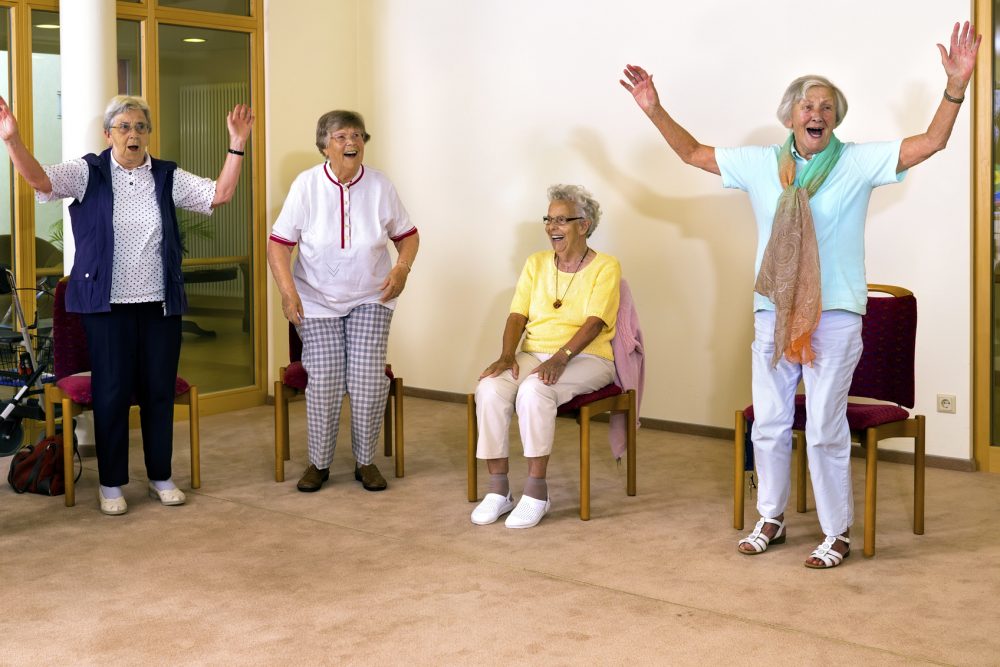

I have osteoporosis with degenerating vertebral disks, failed laminectomy and fusion surgeries and surgical screws in my spine that repeatedly loosen due to lack of new bone formation and have to be replaced with larger screws. I had been given steroid injections for over 7 years without consideration that I am a prime subject for osteoporosis – small boned, thin, and of Northern European ancestry. The practice knew that I had osteopenia and never considered giving me the preventative medications for osteoporosis. Now I am paying the price of their negligence and have no idea of what is going to become of my situation.
Thanks for helping me understand what osteoporosis and the different ways of treating it. I found it interesting when you said that eating healthy and exercising are some ways for treating osteoporosis and keeping the affected bones healthy and strong despite the disease. Although with how brittle the bones get, it wouldn’t surprise me if they were to still break, so I think that it’s important to have a treatment in place in case that were to ever happen.
Osteoporosis is no laughing matter. It’s scary to think that one in two women will break at least one bone from it! My mom has osteoporosis, so I appreciate your information here. Hopefully it will help her.